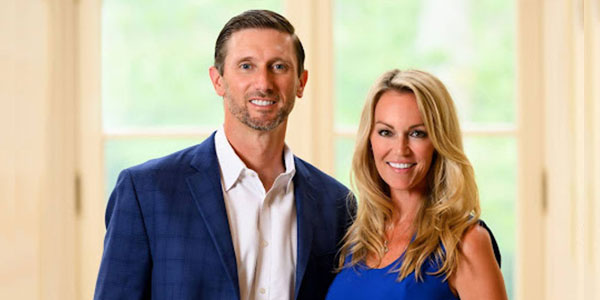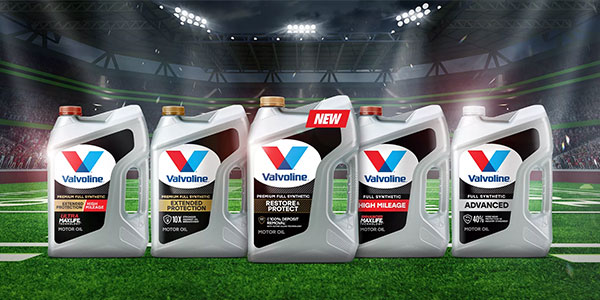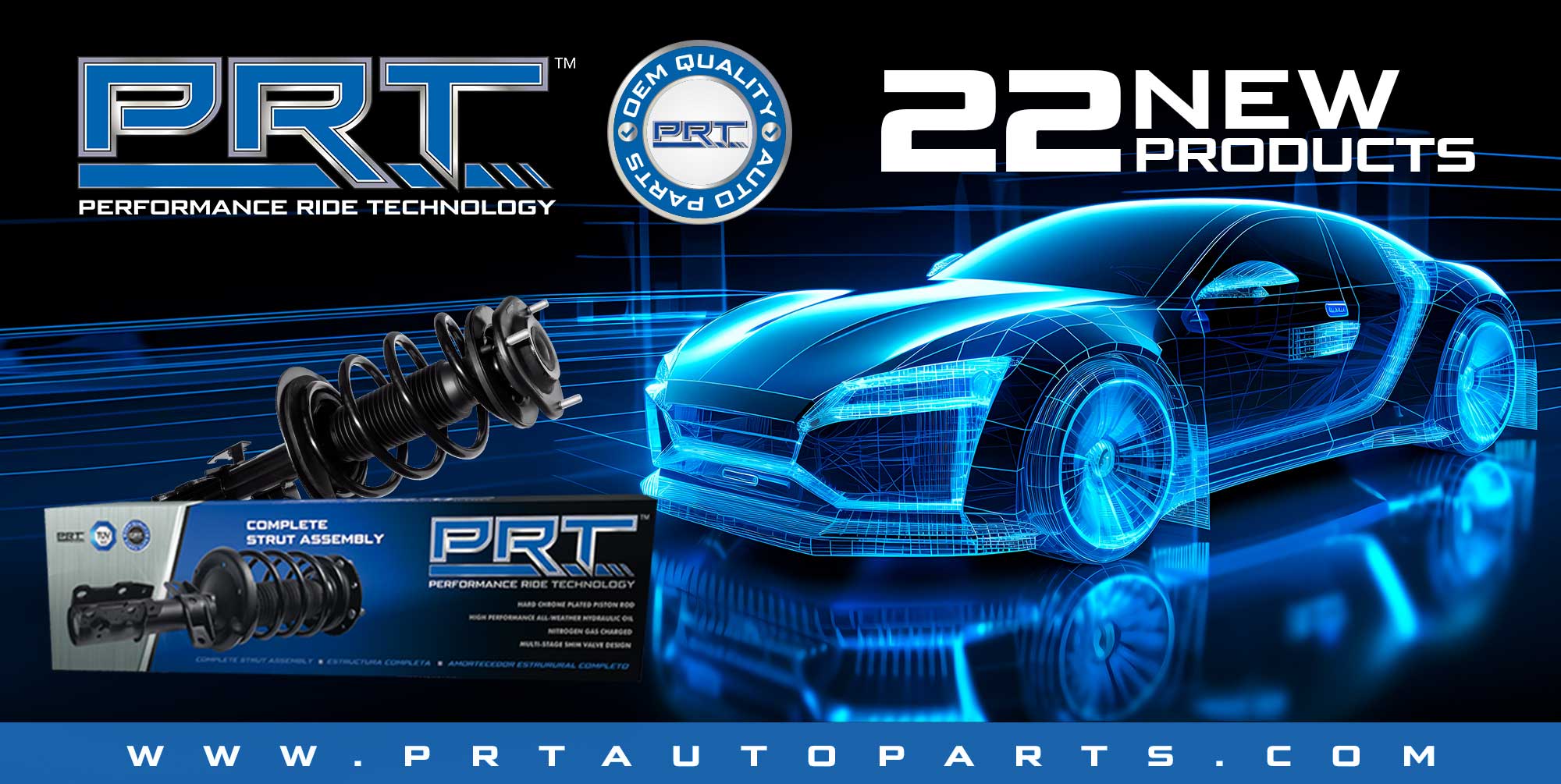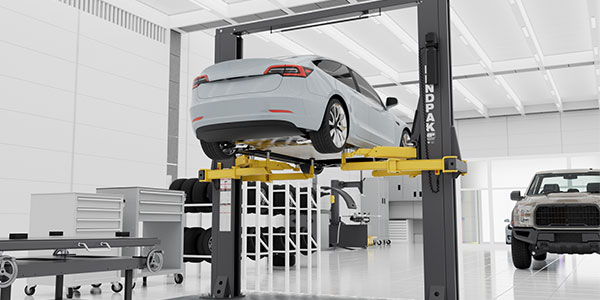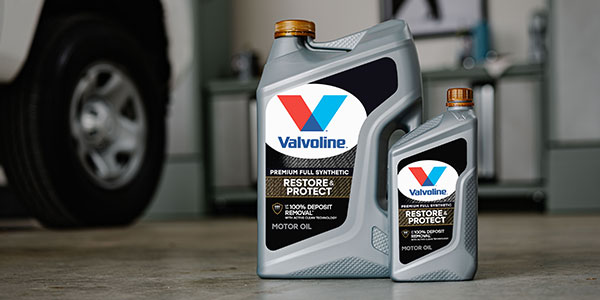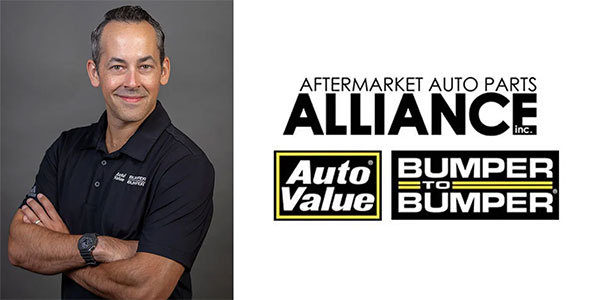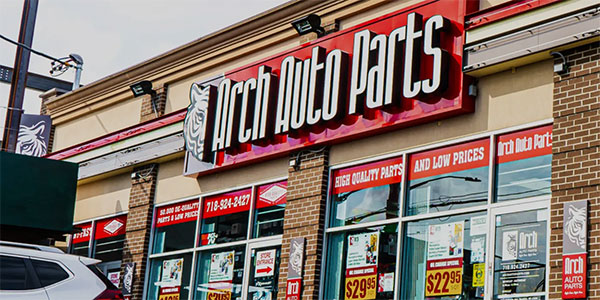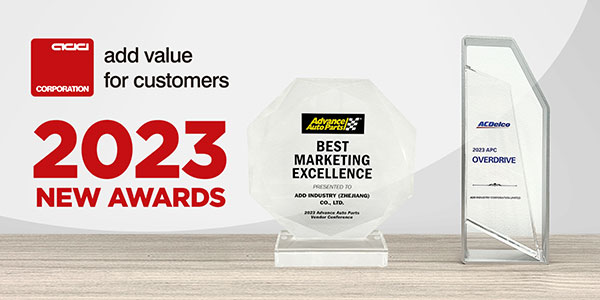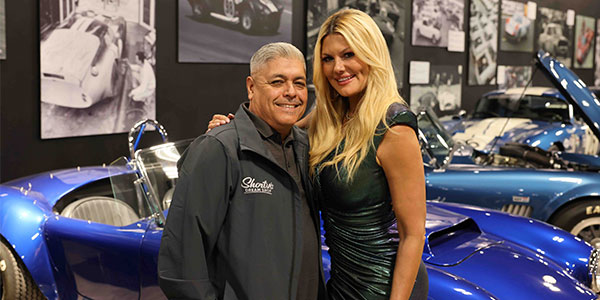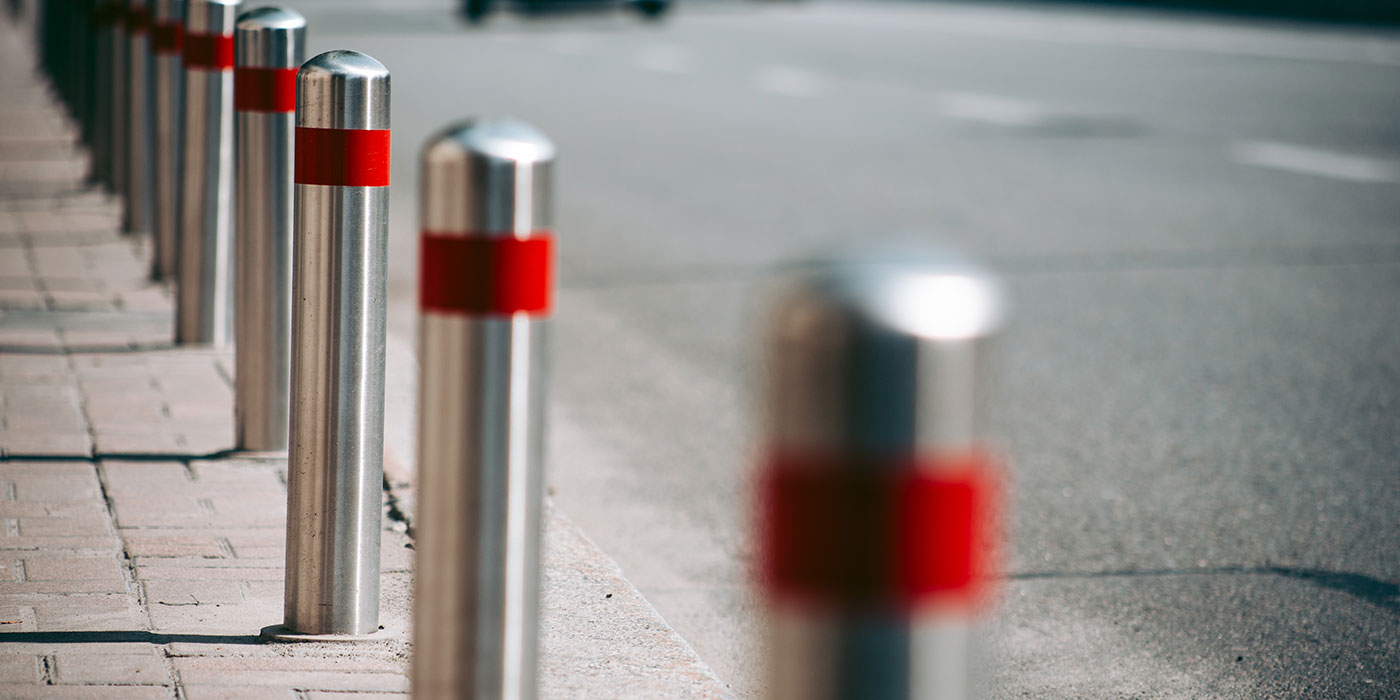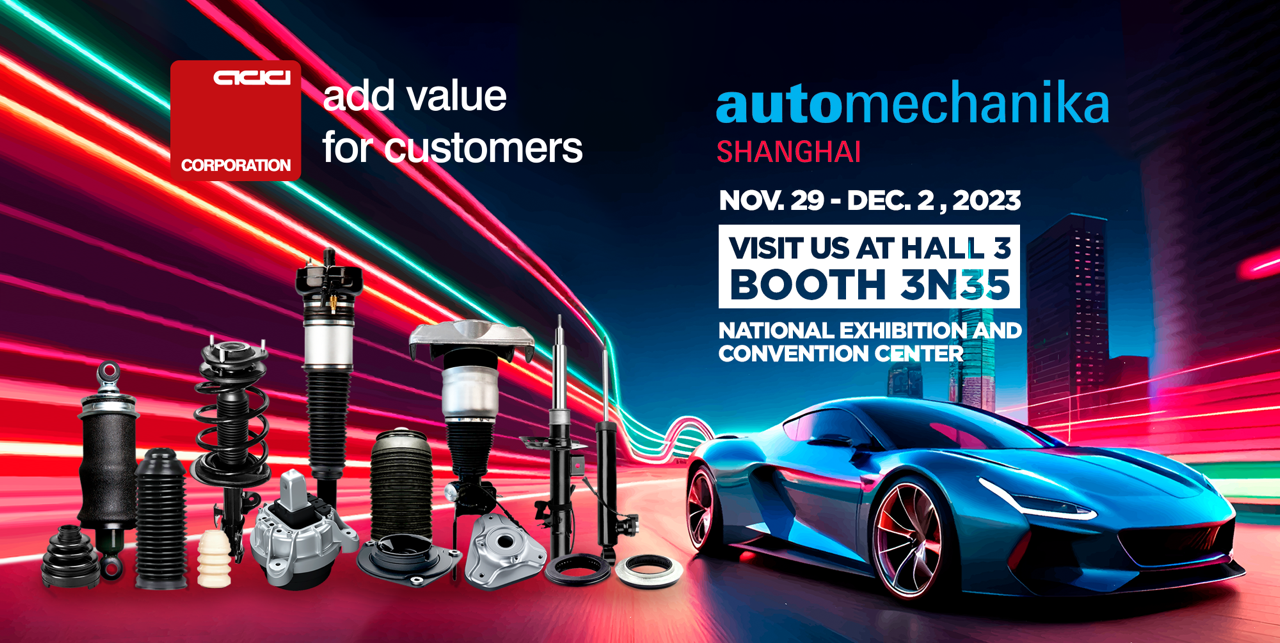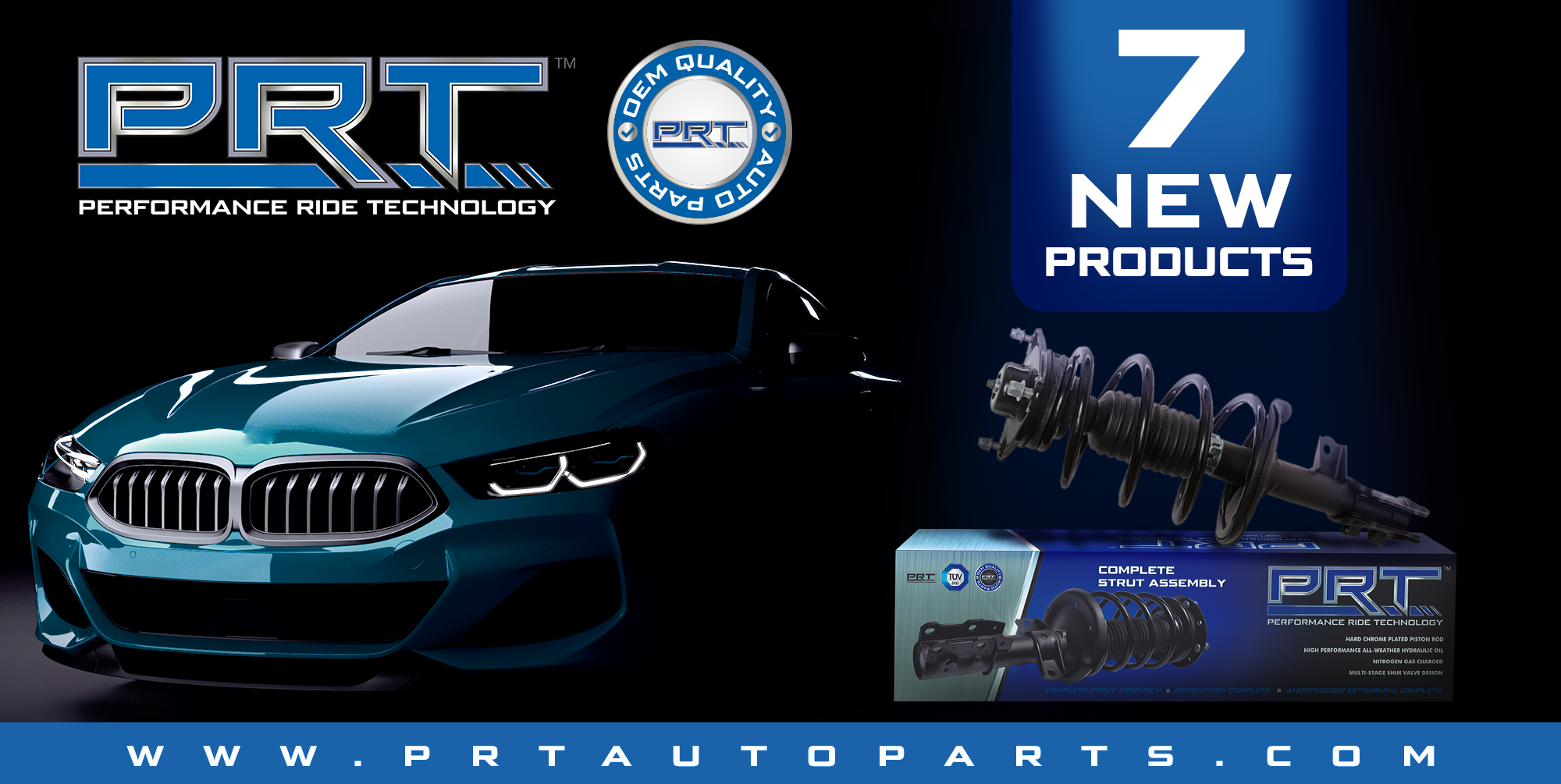Every year, the extensive list of technology upgrades that are added to new model vehicles gets longer. For vehicle buyers, these features often make operation easier and safer, but for carwash owners, these updates can create serious headaches. Many car care businesses can struggle to actively address technology-driven damage and tunnel issues when multiple auto manufacturers are introducing advanced features at a brisk pace.
That said, there are some examples of hope for carwash operators. Certain auto manufacturers are working to make advanced vehicles more carwash friendly, as the announcement of Mercedes’ “carwash mode” proves.
In order to stay a step ahead of any issues, operators should work to learn more about new auto technology as well as current wash innovations. Only by staying informed and active can wash owners ensure tunnel safety, avoid pileups, prevent braking issues and avert common challenges caused by new vehicle technology.
Current issues
Many major auto manufacturers are equipping new vehicles with automatic braking (AB) or advanced safety technology to help prevent accidents on the road, according to Steven Vugrin with NoPileups by DRB Systems. These systems use sensors on the vehicle to determine where objects or pedestrians are and whether a collision is imminent.
The safety systems are designed for the road and often cannot differentiate between a child who is in danger of being hit or a soapy wrap that is moving in to wash the vehicle, Vugrin explains. Activated sensors can cause a vehicle to brake and hop rollers when in a carwash tunnel. By preventing the vehicle from moving forward, the braking creates a collision danger with any vehicles loaded behind it in the tunnel.
But, sensor systems are not the only carwash culprits. Another safety system will apply the brakes if a person is not sensed in the driver’s seat. Also, some vehicles can automatically turn an engine off while it is in neutral, Vugrin notes. Unfortunately, there are a number of troublesome technology scenarios today.
Craig Fitzgerald, content marketing and publication manager at BestRide.com, uses the Volvo S90 as an example of a “vehicle technology troublemaker.” This was a vehicle that, literally, a manager or employee could not move if the system was activated. In order to get the S90 to move after the system was engaged, a driver had to dig deep in the owner’s manual. To shut the feature off temporarily required a six-step process.
“It’s kind of a challenge for somebody who has bought a new car. You’re just going into the carwash,” Fitzgerald says. “You don’t anticipate that kind of an issue rolling in there.”
Addressing problems
The first step in addressing vehicle technology issues in a carwash tunnel is education, Vugrin states. Operators have to learn which vehicles pose these problems and find out how to deal with the issues. This information needs to be a key part of initial employee training, and there should be ongoing training and sharing of information. Many washes put up flyers or have compiled books that list problem vehicles. But, as the number of vehicles with automated safety systems grows, this tracking step becomes more challenging.
While automated anti-collision technology can be installed inside a carwash tunnel, training is always an important first step to preventing issues, notes David Snyder, risk management program specialist with McNeil & Co. An express tunnel operator will want to establish effective training for the employees and commands for the customers to communicate what to do before even reaching the tunnel. Also, make sure wash staff is making eye contact with vehicle operators and ensuring they are following commands with a “thumbs up” and a big smile to confirm the vehicle is good to go.
Next, Snyder suggests the use of a tunnel monitoring system. Here, a computer program works with cameras in the wash tunnel to help avoid collisions by automatically shutting down the conveyor. The shutdown occurs if vehicles leave the confines of a virtual box created around each vehicle by the system. This provides another layer of protection to help reduce wash damage claims in general.
“I would recommend using this type of system in conjunction with anti-collision devices, which work from either infrared sensors or pressure plates to help prevent pileups at the exit,” Snyder continues. “There have been no conflicts reported when operations are using both of these systems together.”
Vugrin reveals some monitoring systems are designed to prevent vehicle pileups using computer vision to monitor a vehicle through the entire length of the tunnel. When this system detects that a vehicle is hopping the rollers or not moving, it automatically calls for a conveyor stop. Next, it notifies wash employees of the incident so that they can correct the situation.
Overall, many operators have put in the time to successfully address common technology issues. “I think what’s happened is that carwash owners have gotten themselves a lot more educated about how to disable these things in particular cars,” Fitzgerald says.
Learning more
Even if operators have done a good job educating themselves on vehicle technology issues, there’s always more to learn. Vugrin notes that the International Carwash Association (ICA) has put together a list of problem vehicles, and it shows how to disable AB technology or put certain vehicles into carwash mode.
There are some problem-causing systems that are easy to disable, and there are some that are relatively difficult. In both cases, the ICA has done a great job providing carwash owners with that information, according to Fitzgerald. The problem is, if an owner has a location that experiences frequent employee turnover, the manager and operator will have to keep new employees trained for when situations arise.
Since many carwashes are part of the ICA, learning more about these issues can be just a matter of finding the data. Overall, Fitzgerald recommends operators always be open to a good refresher course to understand what particular vehicles are going to have issues. Then, they must share this information with employees via organized training and meetings.
Online forums can be another frequently updated and valuable resource. Operators often seek out advice from their peers on the TalkCarWash Facebook group and other forums, Vugrin states. Even with frequent sharing, it is still challenging to know which makes and models need to be watched and how each situation should to be addressed. Every vehicle manufacturer is different.
“I’m sure those manufacturers have information, but it would be extremely time-consuming for carwash operators to go to each one and get information about every make and model,” Vugrin says. “This is a common topic at regional and national trade shows, but there is also a wealth of information shared on this TalkCarWash Facebook group between operators.”
Looking ahead
As 2022 approaches, technology issues may become a bigger challenge for operators and employees alike. Vugrin reveals that a major carwash chain reported an estimated 23% of the company’s total volume is now made up of “problem vehicles.” And, this number will continue to grow.
Another consideration: With the added sensors being placed in vehicle bumpers, the cost for repairing collision damage is increasing dramatically as well. The vehicles that come with standard AB technology tend to be higher-end vehicles, Vugrin notes. To combat these issues, many washes are changing how they wash cars.
Vugrin states that, in the full service market, washes often have employees ride through the tunnel to mitigate potential issues with problem vehicles. But, if a full-serve wash had to put employees in 23% of the vehicles it washed, the labor costs would add up quickly. For express washes, spacing vehicles or adding safety rollers have become common collision-prevention tactics, but these approaches may result in lower throughput and production levels.
In addition, many of these damage incidents are attributed to customer error, as it is nearly impossible to tell if a customer hit the brakes or the AB system was automatically activated. In these situations, customers end up footing the bill, which can leave a bitter taste in the drivers’ mouths, Vugrin notes. This can lead to negative online reviews and word-of-mouth, and both can prove costlier than an occasional inconvenience.
From what Fitzgerald has seen, there are now fewer vehicles having issues moving through the carwash tunnel. Especially compared to when these technologies were first introduced — around 2011 or 2012 — in the years when the technology was new, the issues were more challenging. Today, if a vehicle safety system gives a visual and audible alert, it can often be shut off easily. Sometimes, it is as simple as pressing a button on the dash. But, when the automatic emergency braking is designed to work all the time, if it can be disabled, it is still a several-step process to complete.
“I think we’re probably at the point now where people are aware of it,” Fitzgerald concludes. “I think in the future, manufacturers are going to get better at making sure that their technologies understand the situation variant rather than just have a blanket ‘it’s going to be on all the time.’”
Mark Martin is a freelance contributor.


